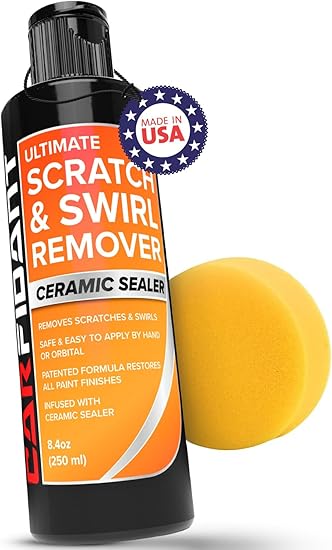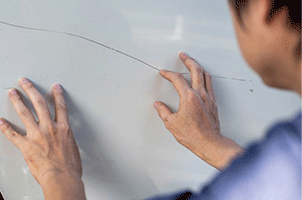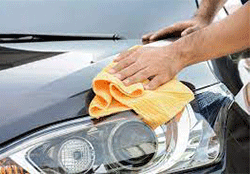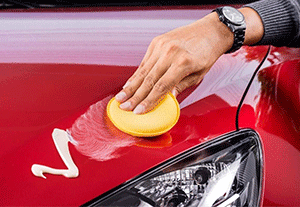Scuff marks on your car's paint can be unsightly, especially if you've put a lot of effort into keeping it immaculate. Scuff marks are prevalent but can frequently be eliminated with the correct methods and equipment, regardless of whether they are the result of collisions with other cars, shopping carts, or even unintentional scrapes with curbs. Trendwizz.com is going to discuss about How To Remove Scuff Marks From Your Car
if you want to restore the finish.
Other Topics You Might Like
Helpful Products You Might Like
WD-40 Multi-Use Product Industrial Size

Carfidant Scratch and Swirl Remover For Car

Nano Sparkle Cloth Car Scratch Remover
"(Paid Links)" 
Evaluate the Damage
It's crucial to determine the size of the scuff mark before you start. While severe scratches may have pierced the clear coat or the paint itself, minor markings typically remain on the paint's surface. Should the mark be profound, you might require expert help. DIY techniques are often adequate for minor, surface-level blemishes.

Assemble Your Materials
You'll need a few basic materials to get rid of scuff marks. These consist of:
To prevent further harm to your car's paint, make sure you are using soft materials.
Clean the Area

Wash the scuff marks well before attempting to remove them. During the scuff removal procedure, rubbing dirt, dust, and grime can cause the paint to become even more scratched. You can gently clean the area surrounding the scuff mark with a soft sponge and car wash soap. Use a microfiber-towel to pat dry after rinsing with water.
For minor scuffs, try using baking soda or toothpaste.
Use everyday household items like baking-soda or toothpaste if the scuff marks are minor. Scratches can be lifted with the use of these mildly abrasive materials without causing paint damage. Dab a tiny bit of toothpaste or a paste mixed with baking soda and water using a microfiber cloth. Use a circular motion to rub the mixture over White, non-gel toothpaste works best since it has fine abrasives that help polish the surface. Continue rubbing until the mark begins to disappear. After that, use a moist cloth to clean the area and pat it dry.
Apply car polish or rubbing compound
A rubbing compound or car polish is required for more difficult scuff marks. These treatments, which have a mildly abrasive action to buff out blemishes and restore the gloss, are specially made for automotive paint.
You should lightly smear a soft microfiber cloth or buffing pad with a rubbing compound.
Using light pressure, rub the compound onto the scuff in a circular motion. To prevent unequal outcomes, work in small areas.

Use Car Wax
After removing the scuff marks, apply auto wax to the treated area. This helps restore lustre, seal the paint, and shield the surface from further harm. To ensure even distribution, apply the wax with a microfiber cloth and rub it in circular motions.
Examine and Repetition If Required
Examine the area from a distance after cleaning and polishing. If the scuff marks are still noticeable, repeating the procedure a few times with a different product or a bit more pressure could be necessary. Exercise caution when applying force to prevent destroying the paint.
